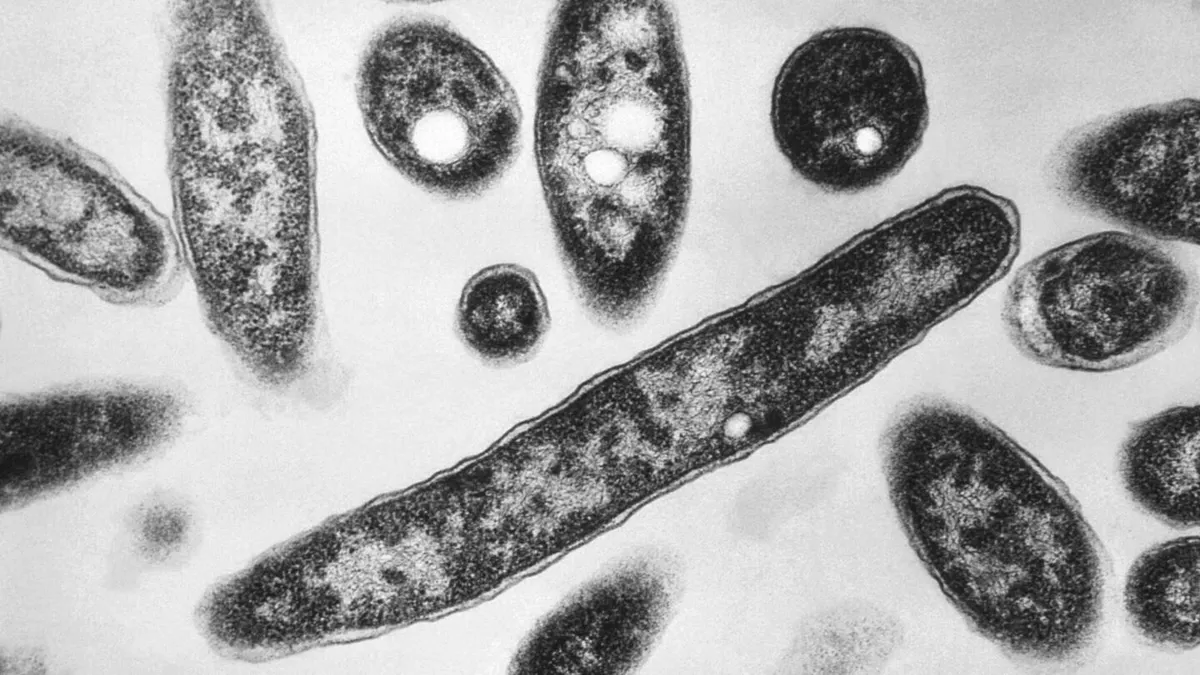
In a troubling update regarding the ongoing Legionnaires’ disease outbreak in Central Harlem, New York City officials have confirmed a sixth death linked to this serious illness. Health authorities reported this development on Thursday, revealing that over 100 individuals have been diagnosed with the disease since the outbreak began in late July.
The latest victim succumbed to the disease earlier this month, outside of New York City. This unfortunate death was uncovered during the New York City health department's ongoing investigation into the outbreak. Just days prior, on Monday, officials had announced a fifth death associated with the same outbreak.
As of Thursday, the total number of diagnosed cases of Legionnaires’ disease has reached 111, an increase of two cases from the previous day. Currently, seven individuals are hospitalized due to the illness, showing a decrease of two from the previous day. Notably, 14 people were hospitalized as of Monday, indicating a fluctuating trend in the severity of the cases.
Health officials have identified the source of the outbreak as the Legionella bacteria, which has been found in 12 cooling towers across 10 buildings in the area. This includes a city-run hospital and a sexual health clinic. Fortunately, remediation efforts have been completed in all identified cooling towers, which are known for using water and fans to cool buildings.
Legionnaires’ disease is a severe type of pneumonia caused by the Legionella bacteria. The bacteria thrive in warm water environments and can spread through various building water systems. Symptoms typically manifest between two days to two weeks after exposure and may include a cough, fever, headaches, muscle aches, and shortness of breath. The U.S. Centers for Disease Control and Prevention (CDC) provides guidance on recognizing these symptoms.
City health officials urge anyone living or working in the affected area to remain vigilant. If you experience flu-like symptoms, it is crucial to contact a healthcare provider promptly. Early detection and treatment can be vital in managing the effects of Legionnaires’ disease.